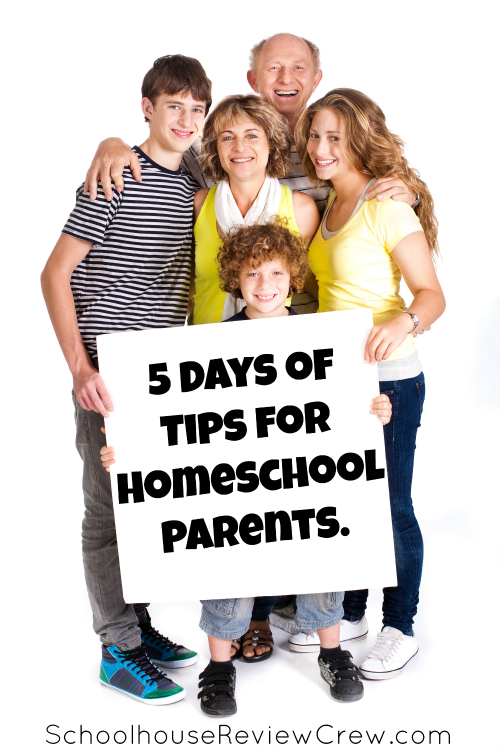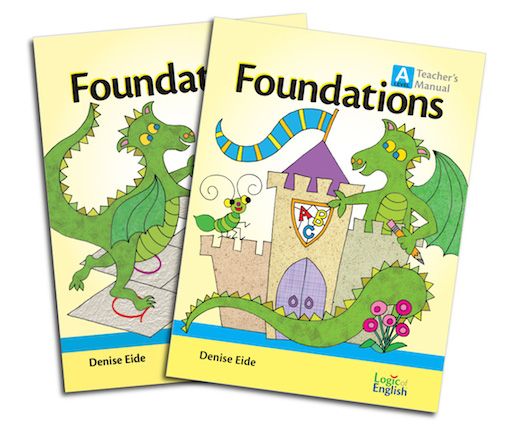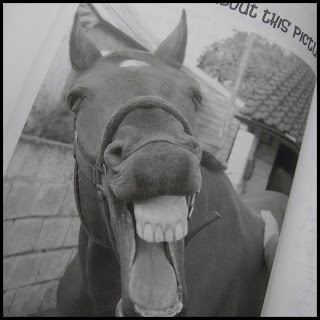Silas, my 5 and 1/2 year old son, has learned uppercase and lowercase alphabet recognition and is now ready to learn how to read! I was very excited when I was chosen to review the
Logic of English's Foundations A program.
What is Foundations A?
Foundations A is a beginning reading program focused extensively on phonemic awareness. Using fun games and lots of motion, children will learn how to read and write the lowercase and uppercase alphabet and start decoding short vowels sounds and consonant blends. Speech tips are included to help your child articulate sounds.
What did I receive?
I received the Foundations A Teacher's Manual, Student Workbook, Doodling Dragons: An ABC Book of Sounds, Basic Phonogram Flash Cards, Phonogram Game Cards, Phonogram Game Tiles, Rhythm of Handwriting Tactile Cards, Student Whiteboard, Rhythm of Handwriting Quick Reference, and Phonogram and Spelling Rules Quick Reference.
What did I think of the materials?
The materials are top-notch. The flashcards are heavy cardstock and very durable! Even the game tiles and phonogram cards seem very durable. The Doodling Dragons book is very colorful, with thick, glossy pages. The Teacher's Manual is a hardback book, while the Student Workbook is a thick paperback workbook.
The Teacher's Manual is laid out very well. Each lesson, which is designed to take as long as your child needs, has three main parts:
Phonemic Awareness,
Handwriting, and
Phonogram Practice. {In the later lessons, spelling words are included. We haven't made it that far yet!}
At the beginning of every lesson, there is a box with
Objectives and
Materials Needed {and Optional}. This is great! I can glance at the next lesson or two and determine if I need to gather any materials. There is very rarely something I need to purchase, and if there is, there is usually a substitution. For example, on Lesson 20, it says "sensory box with salt or whipped cream or shaving cream". It is very easy to use what you have on hand.
The Phonemic Awareness section introduces and practices segmenting words, beginning and ending sounds, and vowel sounds in the middle of words. This is done by playing word games and using the Student Workbook. For example, in Lesson 18, I had to segment a word for Silas to blend together. Then, he had to act out the word. If I segmented "laugh" {l-a-f}, he had to say the word, and then laugh! He loved playing this game, as it appears many times in the lessons.

The Handwriting Practice section teaches different handwriting strokes and writing letters. You can choose Manuscript or Cursive; we chose Manuscript. I was really concerned that Silas would get confused in this part, as he had to learn several different strokes - the down stroke, the roll stroke, the drop-hook stroke, etc - but he did much better than I expected! The white board is used in this section to practice the letters or strokes, and then the child is instructed to draw a few in his workbook. There are different sized lines, and Silas always used the large lines.
The Phonogram Practice section is full of games! You don't have to do everything in this part; it is mainly for extra practice. I always try to do at least one game. There are some fun ways to practice phonograms! For example, playing Bingo with chocolate chips or shooting a Nerf gun at the phonograms. Silas loved playing these games, and they helped him so much!
There are helpful Teacher Tips on nearly every page! I read these, and they were very helpful. There are also extra activities spread throughout the lesson under a Multi-Sensory Fun box. An example of this is "Multi-Sensory Fun: Let the student slap the phonograms with a fly swatter or sticky hand."
Following every 5th lesson is a Review lesson. I
loved these. There is a handy chart with the skills learned and mastery level needed to move on. There are 3 mastery levels - 1 means the skill should be mastered before moving on; 2 means the skill should be familiar to the child, but still working towards mastery; and 3 means the skill does not need to mastered before moving on. There are extra practice ideas for children who have not mastered the skills yet.
I also really love the Speech Tips included in the lessons. Silas has had to have speech therapy for his speech issues, and so many of the techniques we use for his speech therapy are used in this book! Recognizing voiced and unvoiced sounds and nasal sounds, observing the way your mouth moves when you make a sound, and singing vowels are all things we have or will be doing with his speech therapist. I really think this has helped him to recognize and form certain sounds, as he has to think about the whys and hows of his mouth formation, feel the air blowing from his mouth, and feel the vibrations on his throat for some sounds.
Do we plan to continue Foundations?
Yes! We plan to continue Foundations A and then move on to Foundations B. Silas enjoys this program and is moving along at a nice pace. I like how the lessons encourage motion, hands-on activities, and phonemic awareness.
I have talked about all of the things I love about Foundations A, but there is one thing I don't love about it. I don't like how
all the sounds a letter makes are taught at once. For example, when Silas learned the "s" sounds, he had to say "sss" and "zzz". This is confusing to him, as he told me, "The Z says 'zzz', not the S!" And the "i" had
four sounds to learn! I understand the reasons they use all of the sounds, but I don't like it! I may be doing something that I will regret later in the program, but I am just teaching Silas the short and long vowel sounds and the most commonly heard consonant sounds. So, for the "s", we just say "sss"; although, I do tell him that sometimes the "s" says "zzz", like in "was".
It's not a deal-breaker for me {yet} because we love everything else about this program! I highly recommend this for any child who is about to begin reading, especially the child who doesn't like to sit still!
Check out the Logic of English on:
Facebook
YouTube
Pinterest













































